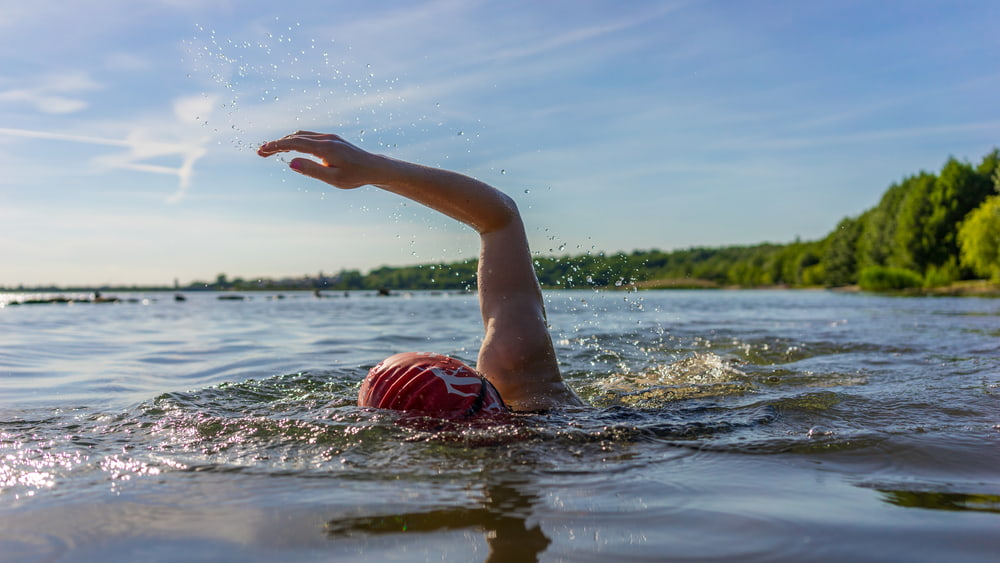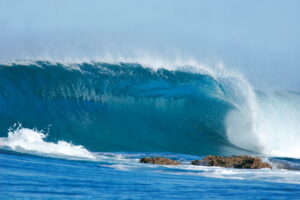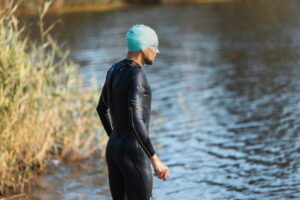Guide for Safe Open Water Swimming

Professional athletes and enthusiasts are always interested in pushing boundaries in oceans and seas. Hitting the water can be exciting, but also fraught with risks. So, whether you’re at the beach or a pool, precautionary measures are key to keep you afloat.
If your plan is to check San Diego for your next open swim, you have a selection of lovely beaches, hidden lagoons, and enclosed resorts. Read on to learn more about potential challenges that can come with your next adventure.
Is it safe to swim in open water?
The term is used to describe a variety of natural bodies of water: rivers, lakes, lagoons, and seas. While professionals recommend recreational swimming in nature, it’s equally important to engage in such activities with caution. There is a significant risk of drowning if this is taken lightly and if you lack the necessary training and guidance.
There are several external factors that contribute to your safety in the water:
- Time of day
- Weather conditions
- Distance from the coast
The safest time to go swimming in the sea or ocean is during the daytime. Visibility is very low during early morning hours and dusk, and predatory animals might come closer to the coast. If you face challenging weather, it’s best to quickly get out of the water. Make sure you don’t stray more than 2 – 4 miles from the coast.
To avoid unpleasant surprises, take stringent precautions before swimming in the ocean. When you consider all the benefits and challenges of such activity, you can be confident that you have made an informed decision.
What are the dangers of open water swimming?
What is the first thought that comes to mind when you think of swimming in the sea? Possibly something from a movie, like being chased or attacked by sharks, deep sea monsters or giant waves. However, real dangers are not so outlandish, but can be equally deadly.
While sea wildlife can be formidable and de, the dangers and challenges that you are most likely to experience include:
- Hypothermia, i.e. risk of cold water, which can hinder your swimming ability.
- Lack of appropriate equipment, such as wetsuits, bright swimming caps, swimming buoys, goggles etc.
- Water depth, as it can vary drastically. This is especially important if you’re jumping in water.
- Underwater objects and invisible obstacles, like branches, rocks, and debris
- Other people in water, as you can risk hitting someone if you’re jumping
- Strong underwater currents, especially in rivers, but also in seas, near confluences
- Poor water quality: presence of toxic algae, bacteria or industrial pollution
Also, keep in mind that rescues in oceans and seas can be increasingly difficult, if at all possible. To prevent such issues, check the area where you will swim, work on your endurance in water in a safe environment, get the necessary gear, and consult a professional before jumping in.
What’s the best place in San Diego where I can prepare for an open swim?
When you set a bar very high, you need the facility that can meet all your demands. With nearly a century of experience, The Plunge has been the leading facility for swimming, gymnastics, water aerobics, and other physical activities. Located just a couple of blocks from SeaWorld in San Diego, our newly renovated historic facility houses one of the biggest swimming pools in California and offers many other attractions.
Here you’ll be able to work on your strength and prepare for a variety of competitions, or just enjoy some healthy water exercises. You can also book a time for your private or corporate event, enjoy our saunas, or rely on our daycare and swimming lessons to cater to your kids needs.
Visit us today to check many amenities we have to offer!

